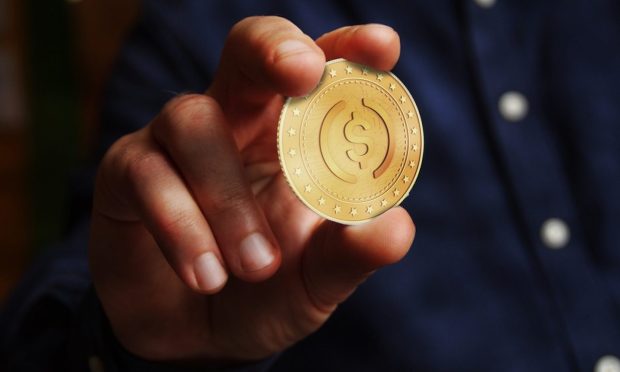The Battle of Stablecoins vs. CBDCs Is Really Two Smaller Wars Also Fighting Each Other

Looking back at just this week, it’s evident that the fight between stablecoins and central bank digital currencies (CBDCs) is alive and well.
What makes it complex is that it’s really two wars in one. Or, more accurately, two wars that are also fighting each other —the battle of stablecoins vs. national currencies on one side and the fight between the world trade-dominating U.S. dollar and the Chinese-led wave of CBDCs on the other.
Also see: Hill Hearing Spotlights Divide, and Competition, Between CBDCs and Stablecoins
And both smaller wars are about to heat up.
On the stablecoin front, Meta-owned WhatsApp recently announced its two billion customers would soon be able to make payments with the Paxos stablecoin.
On the CBDC front, China is less than two months away from launching its digital yuan.
Related news: Crossing Borders and Crossing Swords, France Successfully Trials CBDC Bond Trading
Stablecoins vs. currencies
If you’ve been listening to all the political and regulatory uproar surrounding the stablecoin vs. currency fight, you’ll know that Facebook kicked it off with the June 2019 announcement of a dollar-pegged stablecoin called Libra that would be instantly usable by its 2.7 billion customers.
You’d think that the token — since renamed Diem — would let people bypass their national currencies, bringing about the collapse of the world’s financial system as we know it. The fear is that an international currency that is instantly usable anywhere in the world would hobble central bankers’ ability to control their economies in times of crisis.
On Tuesday (Dec. 14), Sen. Elizabeth Warren (D-MA) called for a ban on stablecoins at a hearing on Capitol Hill, while Republicans warned not to overregulate them. The next day, Federal Reserve Chairman Jerome Powell touched on stablecoins, calling them “risky” but “useful” if properly regulated.
More details: Sen. Warren Calls DeFi the ‘Most Dangerous’ Part of Crypto at Senate Hearing
When it comes to CBDCs, Powell is cautious and U.S. Treasury Secretary Janet Yellen is undecided, with the Fed planning to release a CBDC paper soonish. On Thursday (Dec. 16), former SEC Chairman (and current digital dollar advocate) Jay Clayton said that not launching a U.S. CBDC was an “existential threat” to the dollar’s role at the center of world finance.
Also see: Fed Chair Powell Says Cryptos ‘Risky’ but Not Cause for Concern
CBDCs vs. the Dollar
The CBDC fight took on another dimension when China started holding large-scale public tests of its digital yuan, giving away small amounts to tens of thousands of citizens in lotteries, in which the winner had to download a digital wallet and spend those digital yuans within a few days.
A CBDC that can be used across borders is essentially a government-issued stablecoin. That means a digital yuan would do more than upend the Alibaba-Tencent-dominated digital payments market inside China. It would give China a political tool by making it easier to send funds or make payments internationally in yuan rather than going through the U.S. dollar.
But the CBDC fight is hardly dollar vs. yuan alone. If you count up all the central bank digital currency projects around the world, you’ll come up with about 80 in various stages of development, from the live and paying Bahamian Sand Dollar to Egypt, which announced a CBDC project in 2018 and has said nothing since, to Denmark, which explored an e-krona and said no. This includes most major economies, notably the EU.
And if you count up all the stablecoin projects — including still-kicking Diem — you’ll have trouble counting accurately past several dozen, because there are scores of projects in various stages of development, from announced to tiny to sketchy.
So first, countries must decide if they want to allow private stablecoins at all — perhaps countering them with a CBDC. At the same time, they must decide if they want a CBDC bringing frictionless payments and possibly competing with banks at all.
Then, the two will face off for dominance of the world’s wallets.
